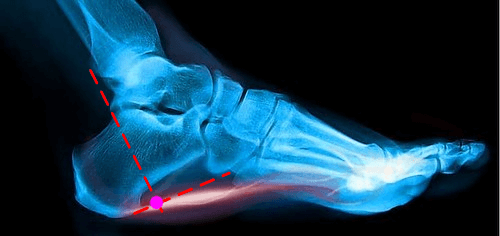Anatomy Plantar fascia arise from medial and lateral tubercles on the inferior surface of calcaneus. The lesion is invariably found at the medial head. Intersection technique 1. Position: Supine with knee flexed and hip externally rotated (figure of 4) 2. Landmark: Point of intersection of a line drawn parallel to…
Tag: Orthopedics
Section Editor: Dr. Sulabh Kumar Shrestha, MBBS, PGY1 Orthopedics

Anatomy of Physis (Growth Plate)
Periphery of physis: The physis is connected to the epiphysis and metaphysis peripherally via: Blood supply of physis: There are three sources of blood supply to the physis: the epiphyseal, metaphyseal, and perichondral circulations. Zones of physis: Zones Characteristics Functions Blood supply Diseases Epiphysis Epiphyseal artery Multiple Epiphyseal Dysplasia (MED) Physis 1….

Wolff’s law and Hueter-Volkmann law
Bone remodeling involves the removal of mineralized bone by osteoclasts followed by the formation of bone matrix through the osteoblasts that subsequently become mineralized. There are 2 prominent concepts of bone remodelling: 1. Hueter-Volkmann law or Delpech’s law: It states that bone growth in the skeletally immature is inhibited in…

Surgical Site Infection Risk Factors : Mnemonic
Various types of surgical site infection (SSI) have been defined by CDC. Patient related factors Mnemonic: WASHING 1. Weight: Obesity (>20% of ideal body weight) 2. Antibiotic resistant skin flora: MRSA colonization 3. Advancing age 4. Smoking 5. HIV and other immune deficiency conditions 6. Infection coexisting at other sites…
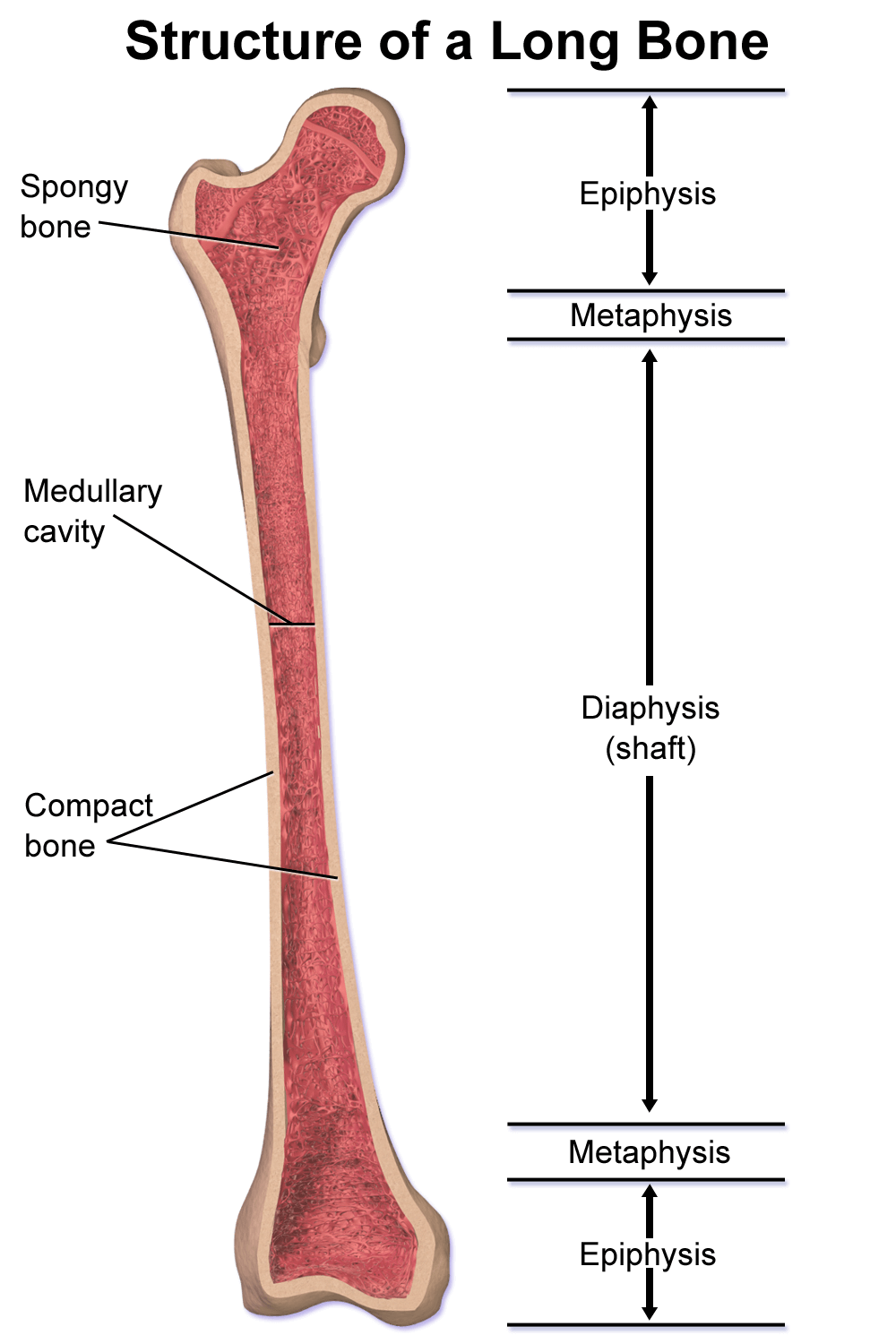
Metaphyseal lesions : Differential Diagnoses
Lesions Age Demographics Site Presentation Imaging Treatment Comments Acute Osteomyelitis Bimodal (<2 years and 8-12 years) M:F = 2:1 Distal femur, Proximal tibia Pain, refusal to bear weight, erythema, warmth, fluctuance, tenderness Lags 2 weeks behindDestruction of bone, periosteal reaction (lamellated, hair on end), new bone formation 1. Antibiotics2. Surgical…
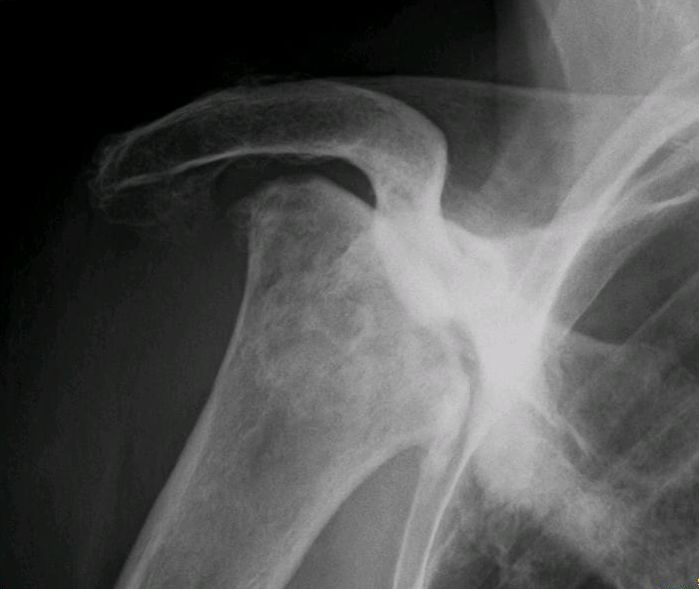
Avascular Necrosis (Osteonecrosis) of Various Bones : Stages and Management
Propensity Stages and Management Stages Hip (modified Ficat-Arlet) Shoulder (Cruess) Lunate (Lichtman) Knee (Koshino) Scaphoid (Herbert and Lanzetta) Management 0 – Silent + NWB joints – Immobilization, NSAIDs WB joints – a. Realignment osteotomyb. Core decompression +/- bone grafting or MSC therapy I – Suggestive clinically and MRI + +…
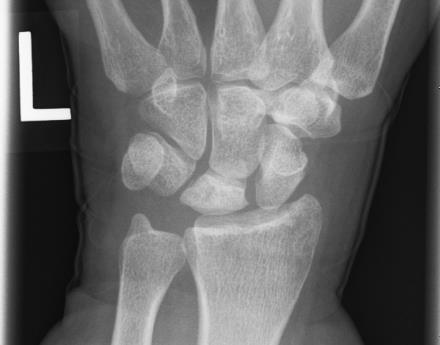
Kienbock’s Disease : Mnemonic Approach
Etiology Mnemonic: RSTUV Lichtman Classification and Management Stage Description Treatment Mnemonic: ABCD Mnemonic: ABCD I Abnormal MRI (decreased T1 intensity; variable T2 intensity) or scintigraphy Analgesics + immobilization II Bone sclerosis ± Bone breaks (fracture lines) Bony procedures:1. Negative or Neutral ulnar variance: Joint levelling procedure (Radius shortening osteotomy; Ulnar…
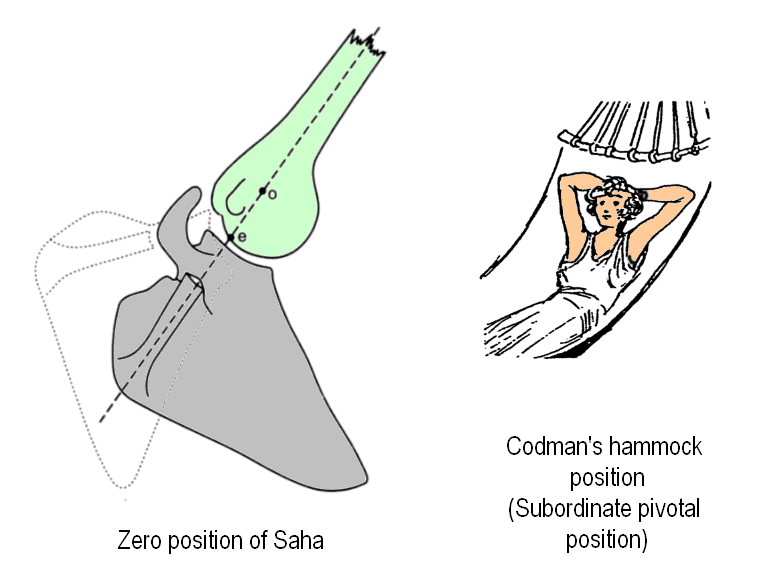
Zero Position of Saha
Zero Position Zero position is the position during elevation in coronal or sagittal plane or in any plane where: Zero position of shoulder The humerus is elevated to about 165° with individual variations and is in the newly acquired scapular plane (around 45° anterior to the coronal plane). The humeral…
